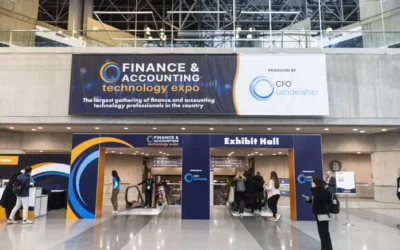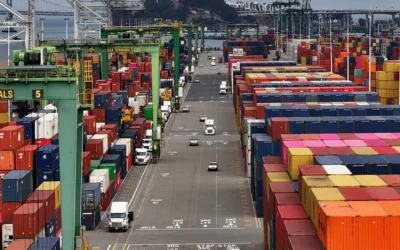The price of domestic air travel has ticked up significantly since 2020, though it’s showing signs of moderating within the last couple of years.
That’s among the takeaways from travel management agency Corporate Traveler’s CFO Travel Guide report released this week. The company is a division of Australian travel company Flight Centre Travel Group.
Per the company’s research, the average cost of a domestic flight this year is just shy of $450 compared with $300 per flight in 2021.
“Domestic ticket prices climbed rapidly between 2021 and 2023 but have moderated over the last two years as demand conditions soften,” the report stated.
The price of international flights, meanwhile, has “remained stubbornly high since 2023” at around $2,100, according to the report. That’s up by $600 from 2020.
It’s not exactly a shock to anyone that the costs and risks of business travel have increased since the early days of COVID-19. The recent cancellation of thousands of flights due to the U.S. government shutdown is just one example of the mounting potential risks associated with work travel.

Mark Imrie, CFO of the Americas division of Flight Centre Travel Group, said that these dynamics are driving business leaders to consolidate trips and think carefully about the ROI of travel.
“Our clients are telling us they’re certainly more in tune with and more focused on maximizing the value of their trips and squeezing as much out of their trips as possible,” he said in an interview.
As evidence of that, he pointed to the average length of business trips, which is increasing.
“Longer trips are replacing single-day trips, and the average trip is now around 2.5 days,” the report said. “There’s also been a drop in the percentage of single-day trips since 2019.”
Imrie said the CFO Travel Guide report is an outgrowth of a series of events and webinars the company has held over the last couple of years. Its aim, he said, is to help finance leaders get a better understanding of the ROI of travel.
“We want to make sure we’re measuring outcomes and not just costs,” Imrie said. That could involve linking a successful sales bid or increased sales retention rates to a given trip, “the same way we would allocate budget to the sales and marketing function,” he said.
Still, in an era where business can be conducted virtually across the globe, it may become harder to convince finance leaders to pony up for work travel. In a recent survey conducted by SAP, as many as 43% of CFOs said that more than half of their company’s travel could be replaced by virtual meetings, even as 94% of business travelers surveyed said that corporate trips are “helpful, if not essential, to their roles.”
Imrie conceded that such findings show a “massive disconnect between the perceived value of travel by CFOs versus the people actually doing the travel.” But he maintained that many businesses have simply trimmed what they deemed to be nonessential, low-value or low-ROI trips. The default for most meetings might be virtual, but business-critical trips, such as big sales pitches, are still taking place in person, he said.
“You can cut a $3,000-trip, but if it costs you a large, half-million-dollar account, that’s a big sacrifice,” Imrie said.





